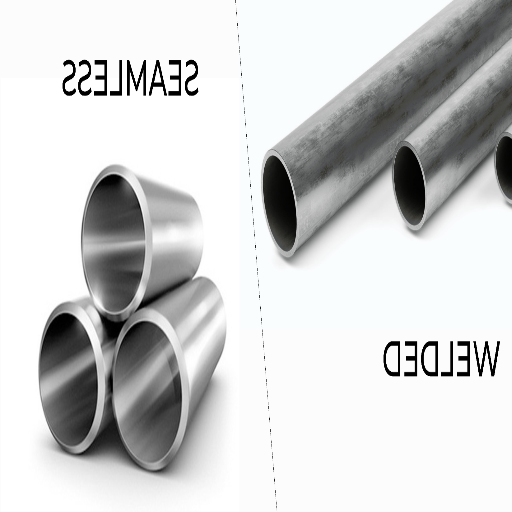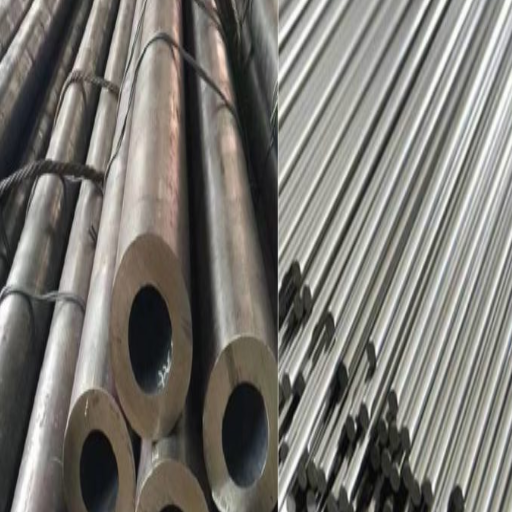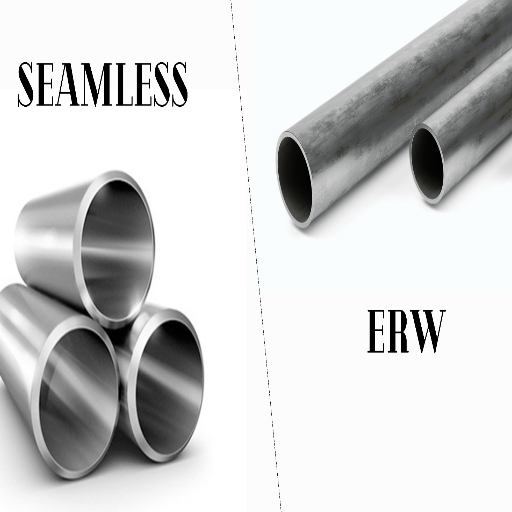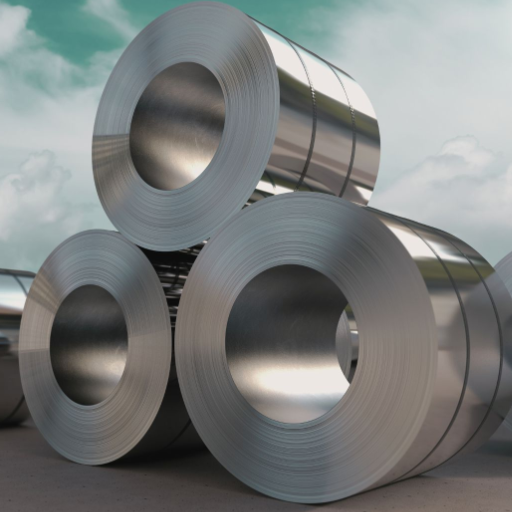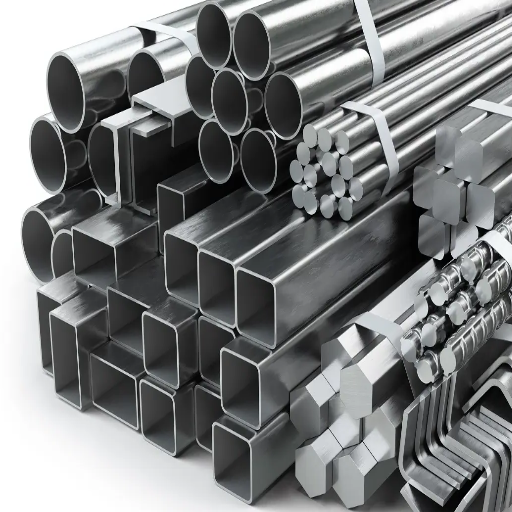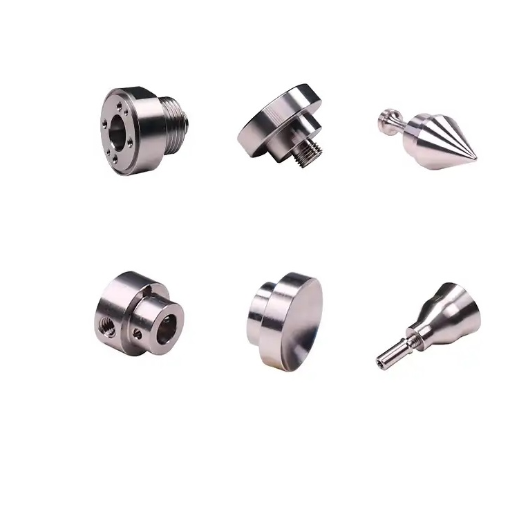Steel is an essential component in construction, manufacturing, and various industrial uses because of its unique characteristics. A36 steel is one of the most popular and well-known steel grades because of its availability, low cost, mechanical properties, strength, and versatility. In this article, my goal is to provide a detailed explanation about A36 steel, including its most important features, applications, and advantages. This is useful not just for industry experts, but also for students and the general public who want to understand materials science. A36 steel is important in many industries, which makes this article insightful for a lot of readers.
What are the mechanical properties of ASTM A36 steel?
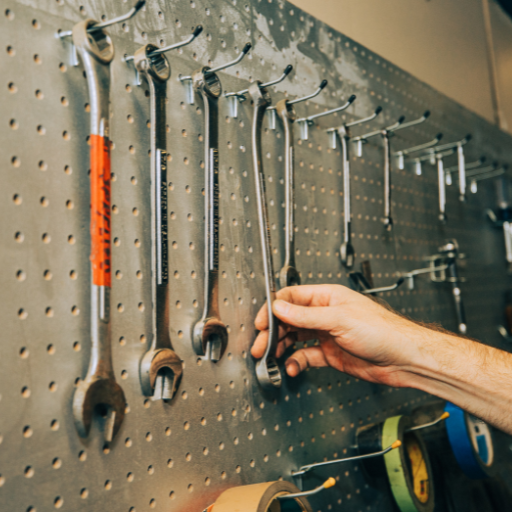
Due to its useful combination of mechanical properties, ASTM A36 steel is one of the most popular materials used across different industries like construction and manufacturing. Its known attributes are a minimum yield strength of 36,000 psi (250 MPa), a tensile strength of 58,000–80,000 psi (400–550 MPa), along with superb ductility along good elongation values. These allow it to bear many loads and stresses, making it extremely suitable for structural purposes such as beams, plates, and building frames. What’s more, ASTM A36 steel’s popularity stems from its weldability and machinability, which adds even more value across so many industries.
What is the yield strength of A36 steel?
The yield strength of A3 steel is 36,000 psi (250 MPa). In my view, A36 steel has proven to be a reliable material, especially towards structural applications for which it is ideal. The above factor also explains why this material is preferred in construction and engineering projects.
How does tensile strength vary in A36 carbon steel?
A36 carbon steel has an average tensile strength that falls between 58,000 psi and 80,000 psi. For carbon steel, the American Society of Testing Materials (ASTM) grades the strength from 400 – 550 MPa. As other steel grades, its strength becomes very universal due to various processes of manufacturing and specific industry needs. Because of its wide range of tensile strength, A36 carbon steel is very useful in construction and industrial applications.
What are the welding properties of A36 steel?
Based on my experiences, A36 steel is a go-to material for welding thanks to its proper chemical composition and mechanical properties. This is why A36 performs so well in these applications:”
- Low Carbon Content – A36 steel consists of low carbon, usually 0.26%. This facilitates its weldability. Low-low carbon content means there is lower probability of hardening and cracking occurring in the Heat Affected Zone (HAZ), which results in cleaner and smoother welds.
- Good Ductility – A36 steel is much more ductile than most steels. Ductility is the capacity to deform under stress, and in this case, the stress can come from processes such as welding and molding. This property assures structural integrity after the weld.
- Compatibility with Various Welding Methods – A36 steel can be welded through many available ways from shielded metal arc welding (SMAW), to gas metal arc welding (GMAW), and submerged arc welding (SAW). In construction and fabrication works, it is a very versatile material.
- Minimal Preheating Requirements – Due to its composition, A36 steel relatively doesn’t require preheating other than in extremely thick sections. Especially for the welds, this saves money.
- Strong Weldability Across Thicknesses -Having most weldable steels and having consistent results regardless of thickness with A36 steel, gives the welder a lot of options. For thick plates, some degree of skill in technique, along with post weld treatment, is required.
In conclusion, A36 steel is a smart and dependable option for professionals seeking a combination of strength and ease in fabrication, especially for structural frameworks and industrial applications. Its welding characteristics make it particularly ideal for A36 steel.
What is the chemical composition of ASTM A36 steel?
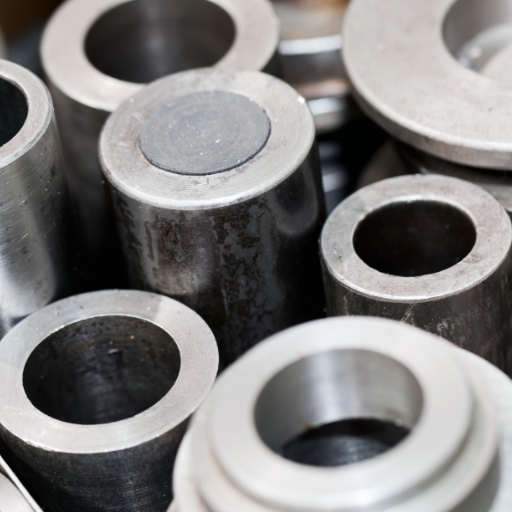
The key components of iron, as well as carbon, manganese, phosphorus, sulfur, and silicon in ASTM A36 steel, are closely controlled. Its standard make-up consists of a maximum of 0.25% for carbon, 0.20–0.60% for silicon, 0.80–1.20% for manganese, and an uppermost cap of 0.04% for phosphorus, and 0.05% for sulfur. To ensure strength, weldability, and ductility, balance is key among the requirements, thus making A36 steel one of the most popular structural materials.
What is the low carbon content in A36 steel?
One of the defining aspects of A36 steel is that its carbon content is rather low, usually not more than 0.25%. In my professional opinion, this is important as it greatly improves the steel’s weldability and formability. This characteristic allows A36 to retain adequate strength while remaining ductile, which is ideal for many structural uses. This balance enables A36 steel to be such a dependable and multipurpose material for construction and fabrication projects.
How does the chemical composition affect A36 steel properties?
The mechanical properties and performance of A36 steel are affected by the chemical composition of the steel. Having low carbon implies superb weldability and ductility, and the presence of manganese improves tensile strength and, additionally, improves toughness. Moreover, the steel’s brittleness is minimized due to the controlled amount of sulfur and phosphorus. This composition enables structural steel to be reliable and versatile for many uses.
How do the physical properties of A36 steel influence its applications?
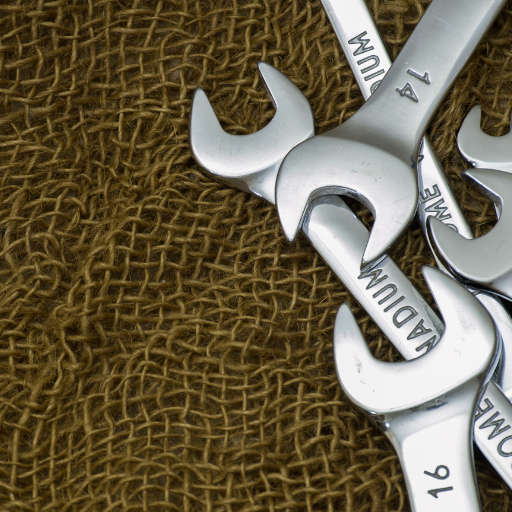
The unique features of A36 steel, like its ductility, excellent weldability, and high strength, make it a reliable material for various structural applications. It can also endure stress and deformation, which is critical in the construction of bridges and frameworks, along with heavy machinery. Moreover, it can be fabricated with different techniques, which ensures the A36 steel can be employed across a variety of industries without affecting its structural integrity.
What are the key physical properties of A36 steel?
Based on my knowledge of A36 steel, its physical attributes are part of the reason why it is widely employed in carbon steel manufacturing and construction. Let’s dissect the most important physical characteristics and their significance:
- Density – The approximate density of A36 steel is about 7.85 g/cm³. While being easy to work, its density gives it enough mass to provide stability and strength in structural applications.
- Tensile Strength – A36 steel possesses a minimum tensile strength of 58,000 – 80,000 psi. In other words, it has the ability to withstand high value tensile forces, which makes it ideal for load-bearing structures like bridges, buildings, and heavy machinery.
- Yield Strength – Yield strength is at least 36000 psi. This guarantees that A36 steel can sustain severe stress and deformation before permanently bending, making the steel more durable in critical load conditions.
- Melting Point – A36 steel has a melting point of roughly 2600°F (1427°C), enabling it to endure high temperatures in varied industrial processes or any heat-intensive applications.
- Hardness – Though less than some alloy steels, A36 steel exhibits moderate hardness which gives it excellent machinability. This enables efficient cutting and shaping of the steel which is essential for custom designs and fabrications.
- Toughness – A36 steel offers good toughness due to its balance of ductility with strength. A36 steel can absorb energy and resist fractures when struck, making it a safer and longer-lasting option.
A36 steel’s versatility and dependability are attributed to the properties mentioned above. The equilibrium between its strength, workability, and cost efficiency makes it a preferrred material for industries across the globe.
How does A36 steel compare to other carbon steels?
In my opinion, A36 steel is set apart from the competition due to its rounded-out properties. Higher carbon steels often possess greater hardness and strength, but are often less ductile, which makes welding difficult. Thankfully, A36 offers an exceptional balance. It provides ample strength for an extensive range of applications while also remaining highly machinable and weldable. Non-A36 steels with higher carbon content become more problematic to work with compared to A36. Plus, A36 is straightforward to work with due to its cost effectiveness, which gives A36 an edge in projects where budgets and versatility are key Focus.
What are the common applications of ASTM A36 steel?
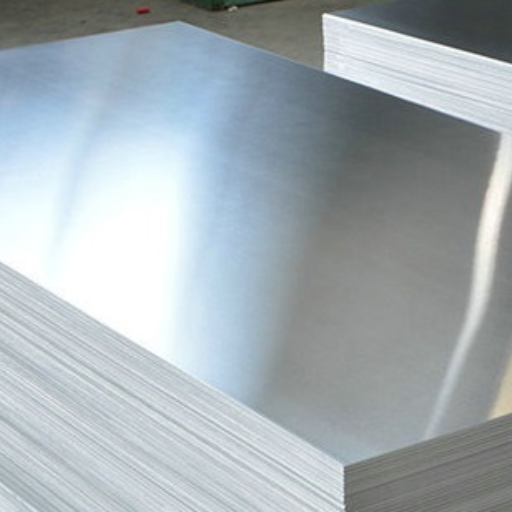
The ASTM A36 steel is among the most preferred materials in different industries because of its remarkable versatility and strength. It is employed for structural parts of buildings and bridges as well as for beams, columns, and frames. It is also used in the production of machine parts and components for automobiles and heavy machinery. Moreover, A36’s ease of machining makes it suitable for fabrication works like storage tanks, platforms, and brackets.
Where is A36 steel typically used in structural applications?
A36 steel is renowned and used as a structural material in numerous industries, if I may speak as an expert. Its application can be found in construction where it is used in beams, columns and floor framing. Infrastructure projects like bridges also tend to use A36 steel due to the heavy load supports. It is also a common choice for the industrial platforms and storage tanks due to the demanding machinability and stress handling capabilities.
What are the benefits of using A36 steel plate in construction?
When it comes to the advantages of using A36 steel plate in construction, the list is truly endless. Its extraordinary strength and durability make it suitable for withstanding heavy loads and rough conditions, structural integrity over time is assured. This steel plate is also highly adaptable, easily changed, and works well with many welding and fabrication methods which aids in quick project implementation. It is cost effective which makes it even more appealing since solutions can be offered without compromising on performance or safety.
How is ASTM A36 steel processed and treated?
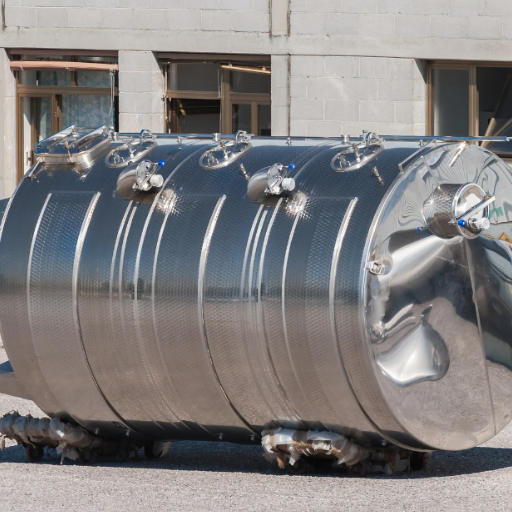
ASTM A36 steel is treated and processed within a meticulous series of steps for enhanced reliability and optimum performance. To begin with, the raw steel is milled into plates or bars. Mechanical properties like strength and flexibility are often improved through the use of heat treatment. For most instances, A36 steel is produced in hot-rolled form, but further treatment like normalizing or stress relieving may be necessary depending on the project. Its composite chemical elements, such as carbon, manganese, among others, are regulated and monitored not only to meet but exceed industry standards, which guarantees a high-quality product.
What is the typical heat treatment for A36 steel?
Normalizing and stress relieving are the two types of heat treatment processes that can be utilized with A36 steel should obtain its necessary improvement. A default heat treatment is not required with A36 steel as it is hot-rolled during processing. Moreover, normalizing involves bringing the steel above the critical range and cooling it in air to strengthen uniformity and grain structure. In contrast, stress relieving is more subtle as it minimizes residual stress without altering the alloy’s mechanical properties too much. These depend on the specific application.
What processes are involved in the machining of ASTM A36?
The crude and simple structural steel is ASTM A36, which is low in carbon and easily machinable on a CNC. When processing A36, various techniques are interrelated, so together they play the crucial role of constructing the accuracy and functional effectiveness of the finished good. I have machined A36 many times, and this is how I would plan it:
- Turning
This is one of the most regular forms of machining to be performed on ASTM A36. A lathe rotates the workpiece while a cutting tool is used to mold it into the desired shape. Since A36 steel is comparatively soft compared to high carbon, or alloy steels, it does machine well, but great care must be exercised regarding the cutting speeds and feed rates to avoid tool worn out.
- Milling
Yet another routine process, where the steel is cut by the active rotating multiple-point tools, is milling. A36 being mild does not require as much power when it comes to the milling process compared to other harder materials, and it works well with the basic milling procedures of face milling, slotting, and contouring.
- Drilling
Drilling is generally reserved for the creation of holes or cylindrical shapes. The A36 can be easily drilled without fear of breakage of the tool if good lubrication is used to prevent overheating, and if the aimed drilling speed is followed.
- Tapping and Threading
Tapping consists of forming internal or external threads on the surface of the steel. A36 does handle threading reasonably well, but being softer, it increases the chances of rough threads when the blade is not sharp or there’s too much speed.
- Cutting
Like all other prefabrication parts, sawing or plasma cutting is done first to facilitate easier further precision machining. A36 can be cut with standard cutting equipment, although some cooling fluid or air flow, especially with plasma cutting, may be needed for cooling purposes.
- Grinding
To obtain better tolerances and smooth the finish, grinding is usually necessary. It guarantees precise dimensions and smoothness, especially when the finish needs to be of higher quality or the imperfections need to be kept to a minimum for a certain application.
Relevant Parameters to Consider:
- Cutting Speed: Moderate speeds should be maintained while cutting to avoid excessive workpiece dulling and to generate a high quality edge finish.
- Feed Rate: Higher feed rates should be monitored closely in order to achieve parameters that do not cause excessive deformation of the material or increased tool wear.
- Tool Material: High speed steel (HSS) or carbide tooling is often used because they have greater resistance to wear in machining operations.
- Lubrication and Cooling: The use of cutting fluids reduces friction, minimizes the heat generated, and increases the quality of the cut performed.
- Tolerances and Surface Finish: Base machining processes on the precision and smoothness required of the final part for its intended application.
ASTM A36 is remarkably flexible. Additionally, due to its excellent machinability, processes can be accomplished with conventional equipment and tools standardized throughout the industry. Nevertheless, focusing on the insights provided above guarantees excellent outcomes each time.
What are the unique properties of A36 steel?
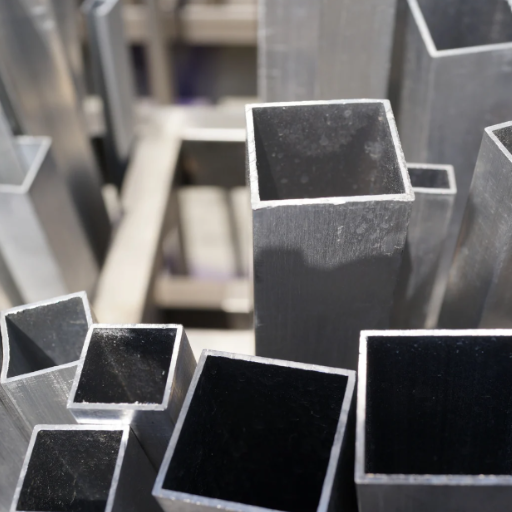
Strength, ductility, and weldability make ASTM A36 steel stand out among many materials in various industries. With a minimum yield strength of 36,000 psi, A36 steel can reasonably maintain structural integrity for many loading conditions. Ductility enables the material to absorb stress before it fractures, adding safety and reliability. Furthermore, A36 steel’s versatility makes it highly weldable with numerous techniques without compromising material performance. Its affordability also adds to the reputation as dependability for use A36 A36 steel in manufacturing, construction, and many more.
How do the properties of A36 steel make it widely used?
In my opinion, A36 steel remains critical in many industries due to its material properties. Because of its strength and ductility, it performs exceptionally well under stress, making it an ideal choice for demanding applications. Its excellent weldability allows for effortless fabrication for projects of all magnitudes, and being affordable, means quality is not compromised. All of this, along with its versatility to different environments and applications, is what makes A36 steel a primary constituent in construction, manufacturing, and structural activities around the world.
What makes A36 steel stand out among other low-carbon steels?
A36 steel is arguably the most well-known low-carbon steel due to its strength, flexibility, and cost. Clean, fabricated A36 steel has balanced mechanical properties, which allows it to be used in hydraulic machinery as well as construction beams. A36 steel can also be welded and machined, which greatly enhances its manufacturability. A36 steel is often used in many industries because of its superb universal reliability and performance for both standard and extreme environments.
Reference
- ASTM A36 Steel, bar – Material Data – A detailed document on the material properties of A36 steel.
- (DOC) ASTM A36 Mild – Academia.edu – A comprehensive overview of ASTM A36 steel, including its applications and properties.
- Mechanical properties of structural steel – GovInfo – A government publication discussing the mechanical properties of structural steels, including A36.
Frequently Asked Questions (FAQs)
Q: What is ASTM A36 carbon steel?
A: ASTM A36 carbon steel is a low-carbon structural steel commonly used in construction and manufacturing due to its good weldability and machinability. It is often utilized in steel shapes, plates, and bars for various applications.
Q: What are the key properties of A36 steel?
A: The key properties of A36 steel include its minimum yield strength of 36,000 psi, excellent welding properties, and good machinability. It is categorized as a mild steel and is characterized by its chemical and mechanical properties that make it suitable for a wide range of applications.
Q: How does A36 steel compare to 1018 steel?
A: A36 steel is typically considered less strong than 1018 steel, which has a higher carbon content, leading to increased hardness and tensile strength. However, A36 is more ductile and has better weldability, making it preferable for structural applications.
Q: What is the heat treatment of ASTM A36 steel?
A: The heat treatment of ASTM A36 steel is typically not required; however, processes like normalizing or annealing can be applied to improve its properties. Generally, A36 is supplied in the hot-rolled condition, which enhances its ductility.
Q: What are the chemical properties of ASTM A36 carbon steel?
A: The chemical properties of ASTM A36 carbon steel typically include a carbon content of up to 0.26%, with other elements like manganese, phosphorus, sulfur, and silicon present in specified ranges. These properties contribute to its strength and ductility.
Q: What are common applications for A36 steel?
A: A36 steel is widely used in structural applications such as base plates, frames, and beams due to its strength and versatility. It is also used in manufacturing machinery and equipment, making it a popular choice in construction and fabrication industries.
Q: Can A36 steel be machined?
A: Yes, A36 steel can be machined using conventional machining methods. Its low carbon content allows for good machinability, making it suitable for creating various steel shapes and components in manufacturing processes.
Q: What is the minimum yield strength of A36 steel?
A: The minimum yield strength of A36 steel is 36,000 psi (250 MPa). This property is crucial for determining the structural integrity and load-bearing capacity of components made from A36 steel.
Q: How does hot-rolled A36 steel differ from cold-drawn A36 steel?
A: Hot-rolled A36 steel is produced at high temperatures, allowing it to be shaped easily and resulting in a rougher surface. Cold-drawn A36 steel, on the other hand, is processed at room temperature, providing a smoother finish and tighter tolerances, making it suitable for precision applications.

